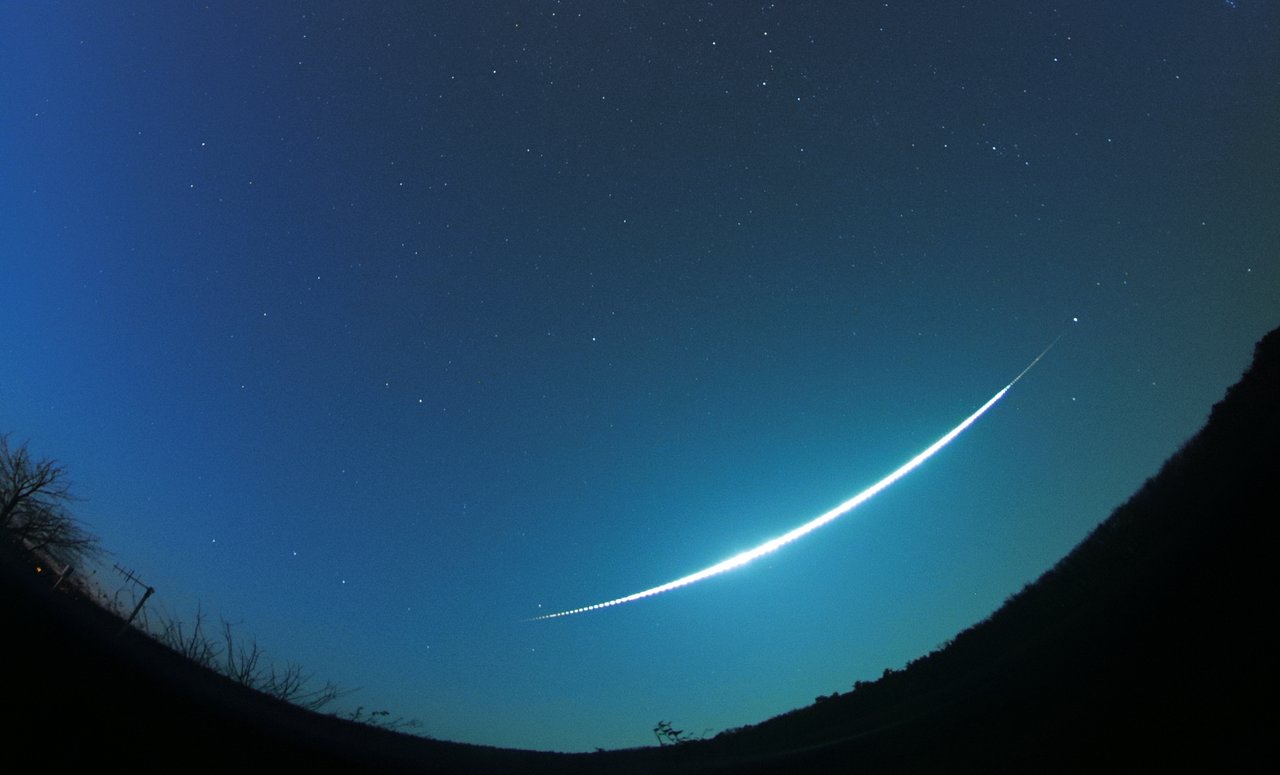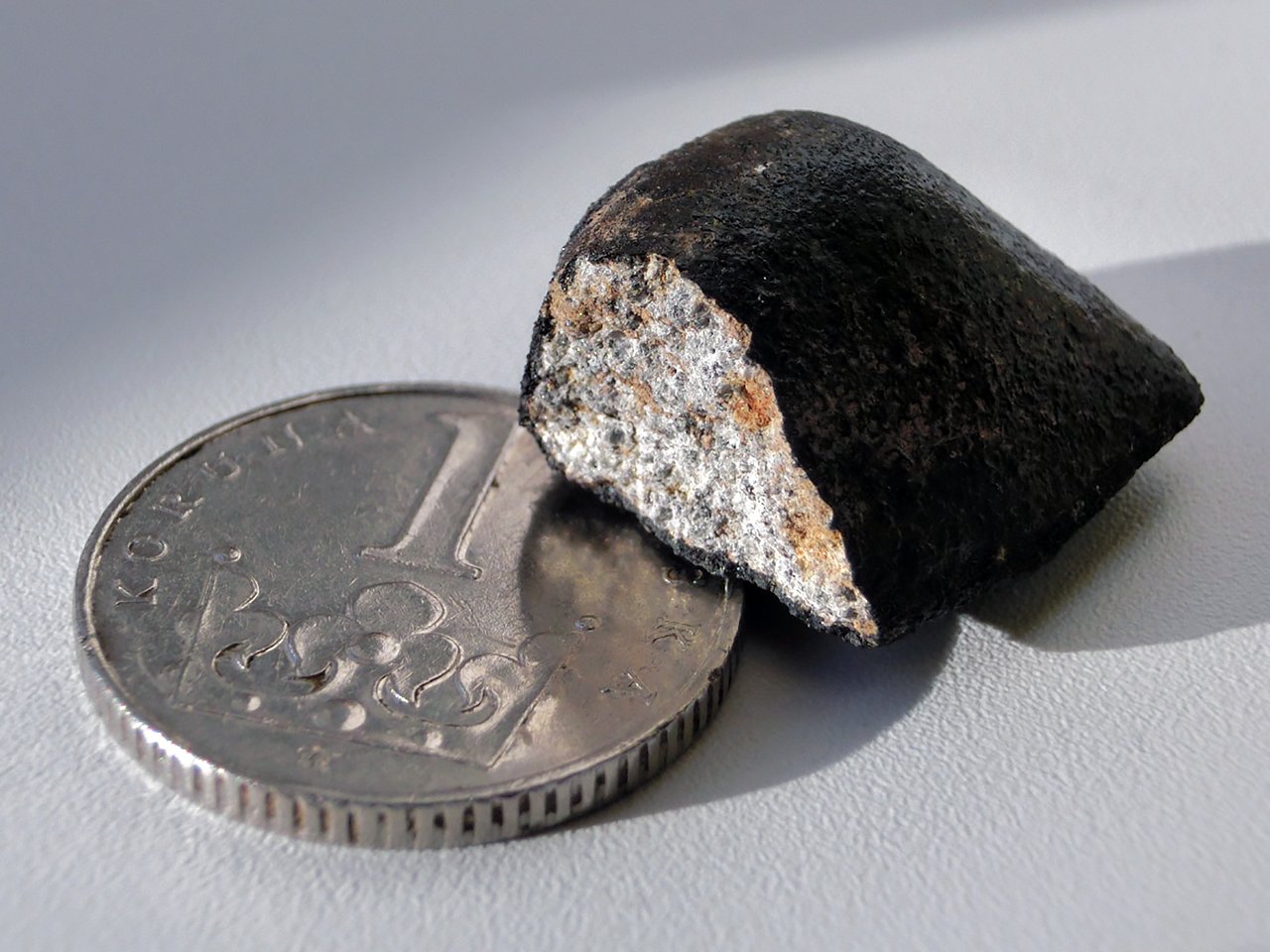- News
- Science
- Scientific Bodies
- Divisions
- Commissions
- Commission A1 Structure
- Commission A2 Structure
- Commission A3 Structure
- Commission A4 Structure
- Commission B1 Structure
- Commission B2 Structure
- Commission B3 Structure
- Commission B4 Structure
- Commission B5 Structure
- Commission B6 Structure
- Commission B7 Structure
- Commission C1 Structure
- Commission C2 Structure
- Commission C3 Structure
- Commission C4 Structure
- Commission D1 Structure
- Commission E1 Structure
- Commission E2 Structure
- Commission E3 Structure
- Commission E4 Structure
- Commission F1 Structure
- Commission F2 Structure
- Commission F3 Structure
- Commission F4 Structure
- Commission G1 Structure
- Commission G2 Structure
- Commission G3 Structure
- Commission G4 Structure
- Commission G5 Structure
- Commission H1 Structure
- Commission H2 Structure
- Commission H3 Structure
- Commission H4 Structure
- Commission J1 Structure
- Commission J2 Structure
- Commission J3 Structure
- Commission X1 Structure
- Commission X2 Structure
- Past Commission Organising Committees
- Working Groups
- Centres
- Scientific Meetings
- Rules & Guidelines
- General Assemblies
- Meeting Proposals
- Future IAU Meetings
- General Assemblies
- EC Meetings
- Officers' Meetings
- Regional Meetings
- Symposia
- Focus Meetings
- Institutional Meetings
- IAU Offices Meetings
- IAU-Sponsored Meetings
- Letters of Intent submitted for 2024
- Letters of Intent submitted for 2023
- Letters of Intent submitted for 2022
- Letters of Intent submitted for 2021
- Letters of Intent submitted for 2020
- Past IAU Meetings
- Templates
- Other Meetings
- Grants & Prizes
- Scientific Bodies
- Publications
- IAU Publications
- IAU Strategic Plan
- Symposia
- WGSBN Bulletins
- Regional Meetings
- Information Bulletins/Catalyst
- E-Newsletters
- Focus Meetings
- Transactions A
- Transactions B
- Related Publications
- GA Newspapers
- CAPjournal
- IAU Books
- Brochures
- IAU Offices
- WG Reports
- Commission Reports
- Division Reports
- Past IAU Publications
- Rules, Guidelines and Instructions for Proceedings
- Publishers
- IAU Publications
- Administration
- About the IAU
- Statutes & Rules
- IAU Policies
- IAU Executive Bodies
- IAU Secretariat
- Resolutions
- Members Administration
- Administrative Dates & Deadlines
- International Organisations Relations
- Donate to the IAU
- Training in Astronomy
- Astronomy for Education
- Astronomy for Development
- Astronomy for the Public
- Office for Astronomy Outreach
- FAQ
- Themes
- Satellite Constellations
- Astronomy in Everyday Life
- How to Report a Discovery
- Careers in Astronomy
- Defining our Place in the Cosmos
- The Constellations
- Light Pollution
- Measuring the Universe
- Near Earth Objects
- How to Participate in Astronomy Research
- Naming of Astronomical Objects
- Naming of Exoplanets
- Buying Star Names
- Naming Stars
- Pluto and the Solar System
- IAU Member Statistics
- Our Moon: the Moon
- Meteors & Meteorites: The IAU Definitions of Meteor Terms
- UNESCO-IAU Portal to the Heritage of Astronomy
- Social Media
- Past Events
- Call for Online Resources
- Astronomy@Home Awards
- Contact
Meteors & Meteorites:
The IAU Definitions of Meteor Terms
- Introduction
- The definition of fundamental terms
- Frequently Asked Questions
- More Information
- References
Introduction
As the rapid evolution of our knowledge in the field of meteoric astronomy progresses, the more it requires constant updates to the fundamental terms, to satisfactorily match the current state of the field. The definitions in meteoric astronomy adopted in 1961 by the Commission 22 have recently undergone an update by its direct successor: the IAU Commission F1 on Meteors, Meteorites and Interplanetary Dust. Commission F1 has recently issued an explanatory text for the correct usage of fundamental terms related to meteor astronomy in scientific literature and among the general public. Based on the update, this IAU Theme intends to summarize and respond to the growing interest this field has in various astronomy related communities.
The definition of fundamental terms
In meteor astronomy, there are five fundamental terms: meteor, meteoroid, and meteorite are the best known, and dust (interplanetary) and meteoric smoke a bit less known, but of equal scientific importance.
When we see the light crossing the night sky from the high-speed entry of a solid object from space into our atmosphere — that is what is called a meteor, specifically the light and all associated physical phenomena (like heat, shock, ionization). Meteors can occur on any planet or moon with a sufficiently dense atmosphere. The solid object itself moving through the atmosphere — that is a meteoroid. To be considered a meteoroid, it must be of natural origin and be roughly the size of between 30 micrometers and 1 metre. All the particles, generally smaller than meteoroids, coming from interplanetary space are called interplanetary dust. If the meteoroid survives the meteor phase without being completely vaporised, it is then called a meteorite. Also, after the meteor phase, the vaporised material that condenses into solid matter is called meteoric smoke.

Image I - Fireball of magnitude -15 named Zdar nad Sazavou, which passed over Czech Republic on December 9, 2014. Section of an all-sky image taken by Digital Autonomous Fireball Observatory at station Kucharovice. The fireball flew from right to left and lasted for 9 seconds. The interruptions on the fireball image have been done artificially and enable to measure fireball velocity. The total exposure time of the image was 35 seconds. Photo: Astronomical Institute of the Czech Academy of Sciences.
Frequently Asked Questions
Q1: What is a meteor shower?
A: A meteor shower is a group of meteors produced by meteoroids of the same meteoroid stream.
Q2: What is a meteoroid stream?
A: A meteoroid stream is a group of meteoroids with similar orbits and a common origin.
Q3: What is a micrometeorite?
A: A meteorite smaller than 1 millimetre can be called a micrometeorite. Micrometeorites do not have the typical structure of a fresh meteorite, i.e. with an interior unaffected by the atmospheric passage and a dark fusion crust on the surface.
Q4: I frequently hear the words bolide or fireball. Are these the same as meteor?
A: No, to be exact, only a meteor brighter than absolute visual magnitude -4 (as seen from distance of 100 km) is also termed a bolide or a fireball. A meteor brighter than absolute visual magnitude -17 is called a superbolide.
Q5: What causes meteors?
A: The meteor phenomenon can be caused by a meteoroid, asteroid, comet or any solid matter of sufficient mass entering the atmosphere at high enough speed.
Q6: What is a meteor train?
A: A meteor train is light or ionisation left along the path of the meteor after the meteor has passed.
Q7: If there is no atmosphere, do you still call it a meteor?
A: The flash of light accompanying a direct meteoroid hit of the surface of a body without an atmosphere is not called a meteor, but an impact flash.

In the previous photo, the meteorite Zdar nad Sazavou seen as a fireball mass of 6 grams. It fell in the Czech Republic on December 9, 2014 and was found after the fall location was predicted from fireball images. The meteorite broke up during the late stages of the fall so that the dark fusion crust is missing on one side. The reddish spots are due to rusting of meteorite metals. A coin is provided for scale. Photo: Pavel Spurny, Astronomical Institute of the Czech Academy of Sciences.
More Information
Meteors, Meteorites and Interplanetary Dust (IAU Commission F1)
The IAU Commission F1 supports research on the interplanetary dust and meteoroid complex, and on the interaction of these particles with the atmospheres or solid surfaces of planets and satellites, covering meteor observations and the laboratory analysis of meteorites and cosmic dust, all of which use a unique set of research tools to do astronomy.The Commission is responsible for the IAU Meteor Data Center, for encouraging suitable data standards, and for providing direction in shower naming and other meteor nomenclature to keep the literature transparent.
References
Read in other languages:
- Meteor dan Meteorit: Definisi Istilah-Istilah Meteor Menurut IAU (Indonesian)
- Meteoros & Meteoritos: As definições da UAI para os termos sobre meteoros (European Portuguese)
- Meteoros & Meteoritos: As definições da UAI para os termos sobre meteoros (Brazilian Portuguese)
- Météores & Météorites : Définitions de l'UAI des termes météoriques (French)
- Meteors & Meteorites: The IAU Definitions of Meteor Terms (English)